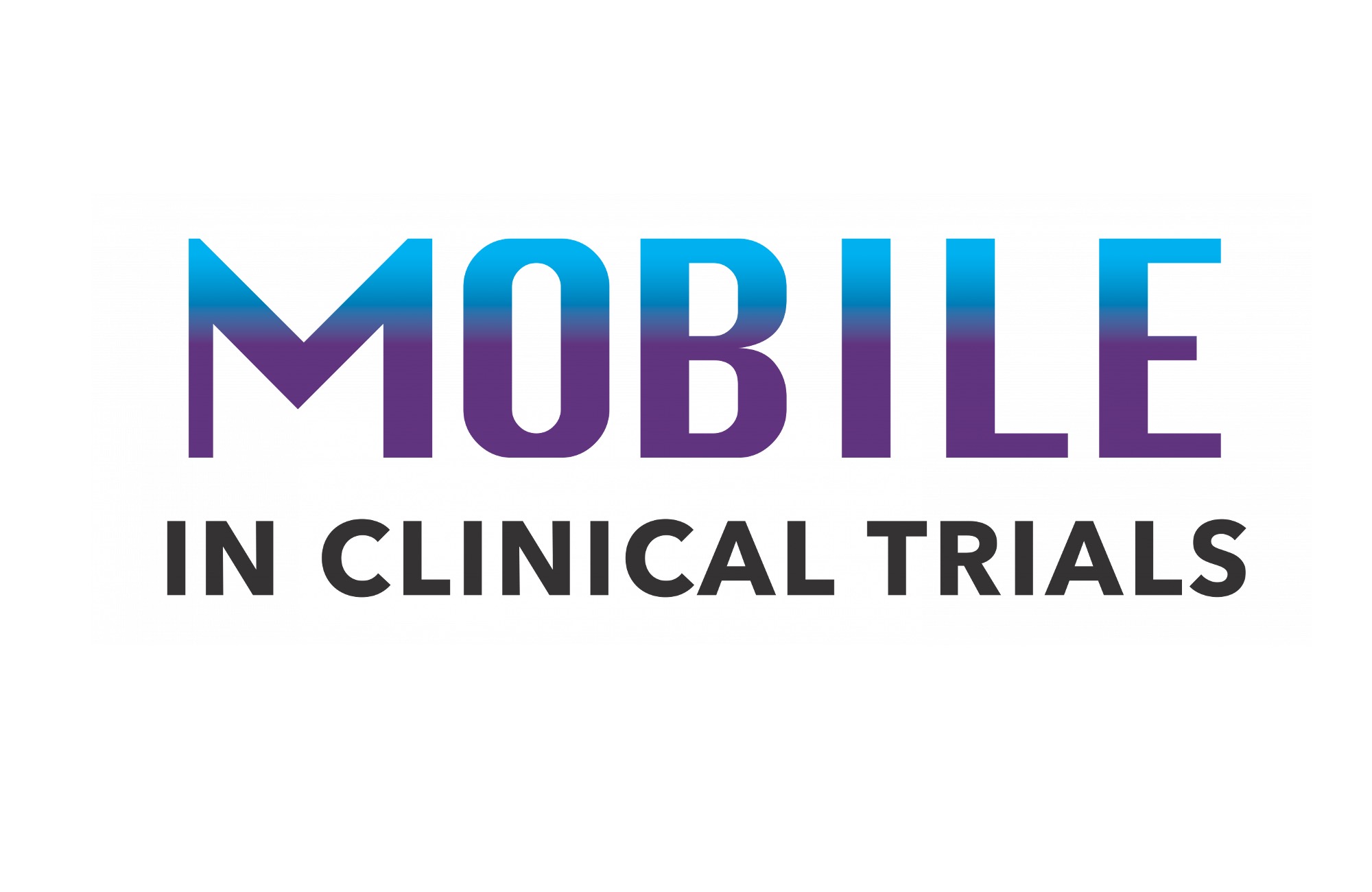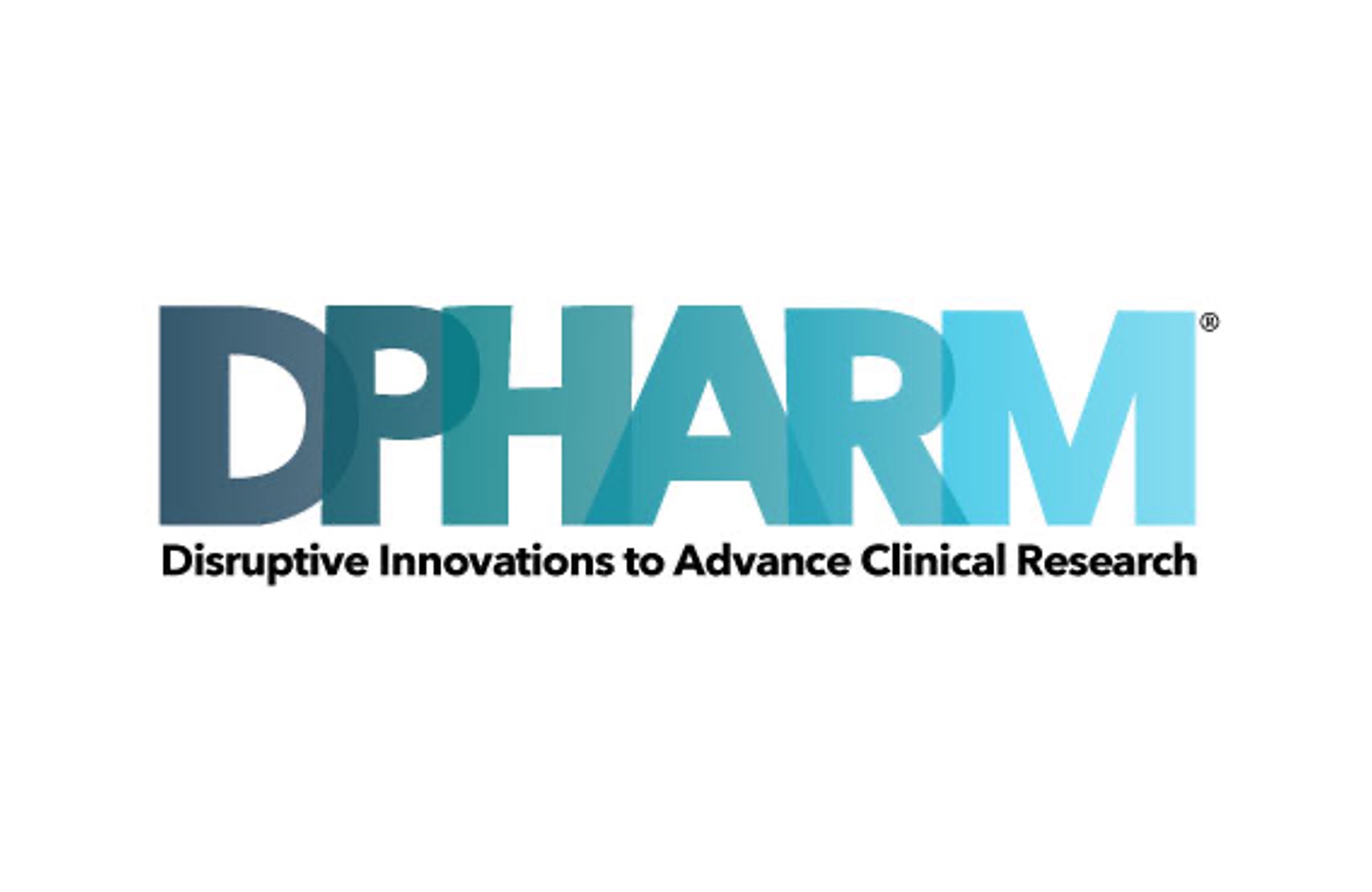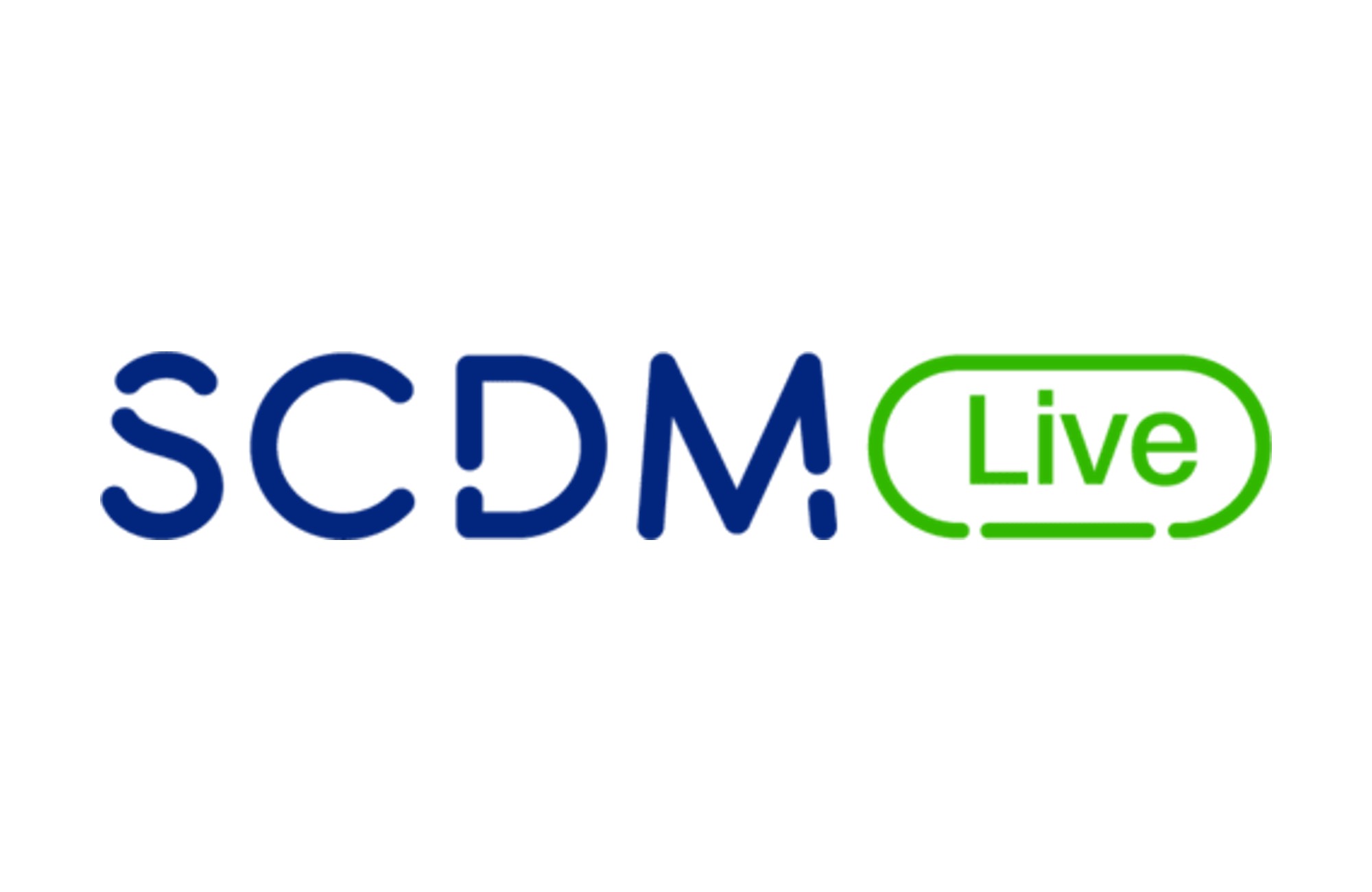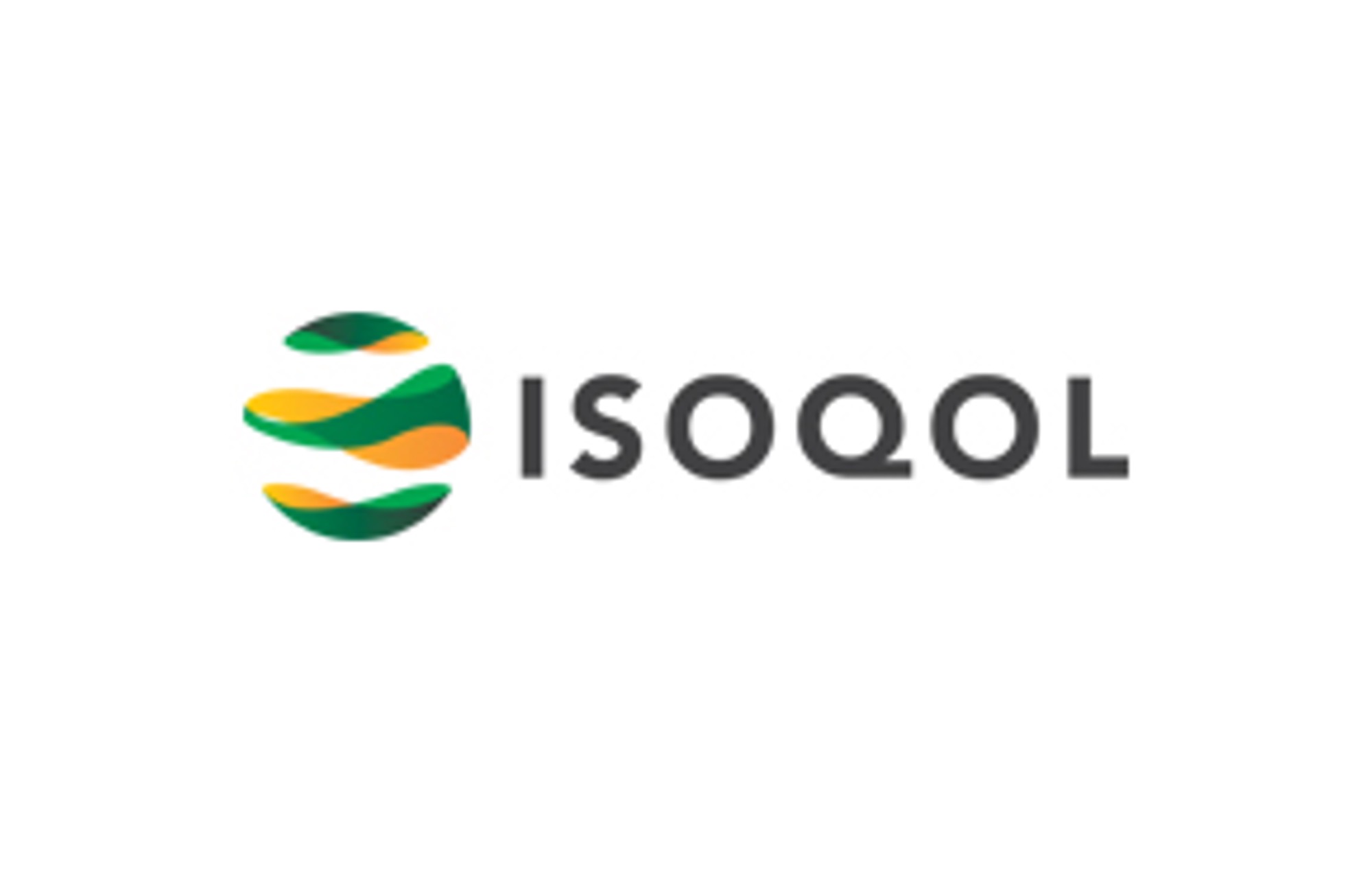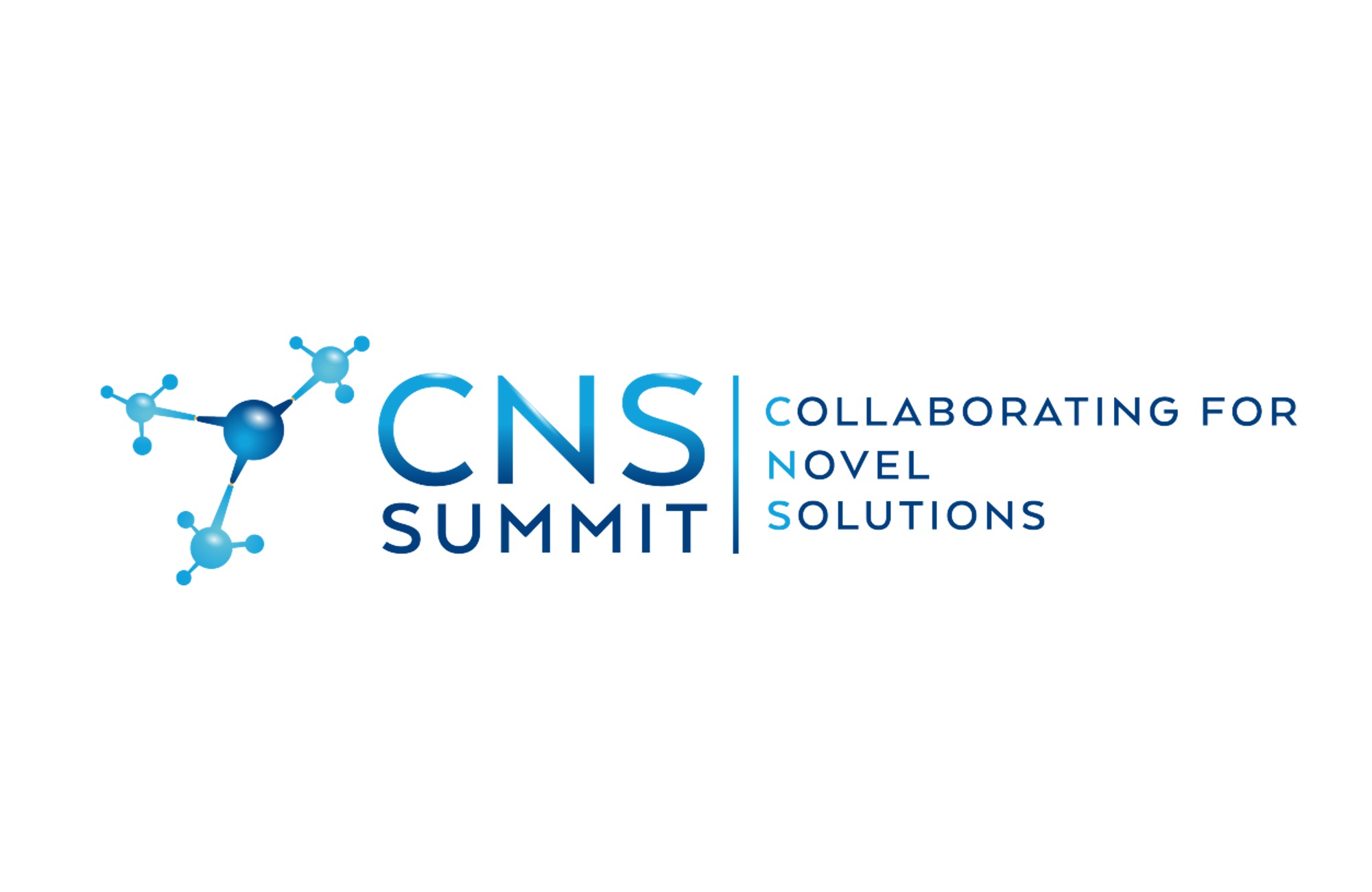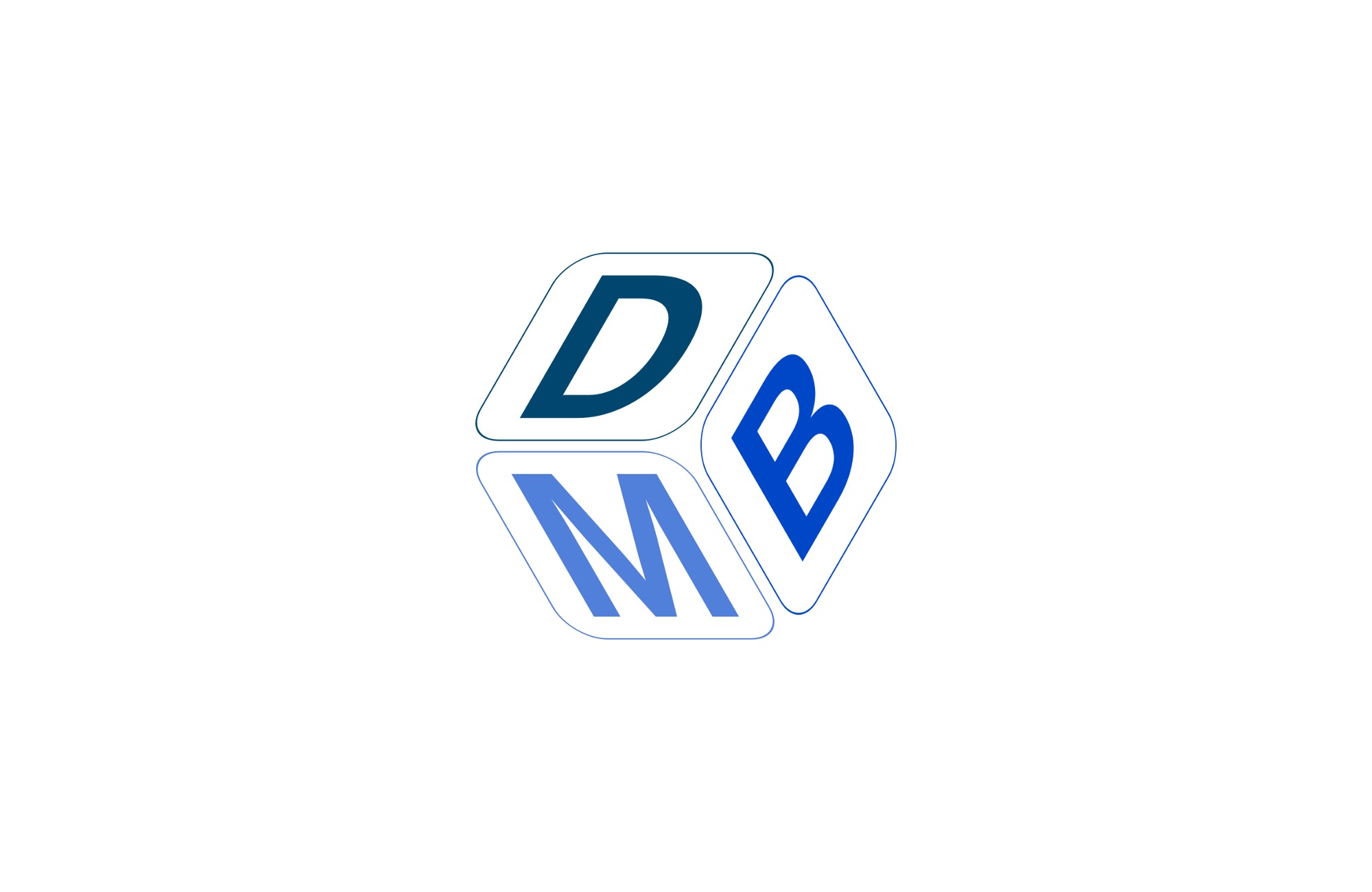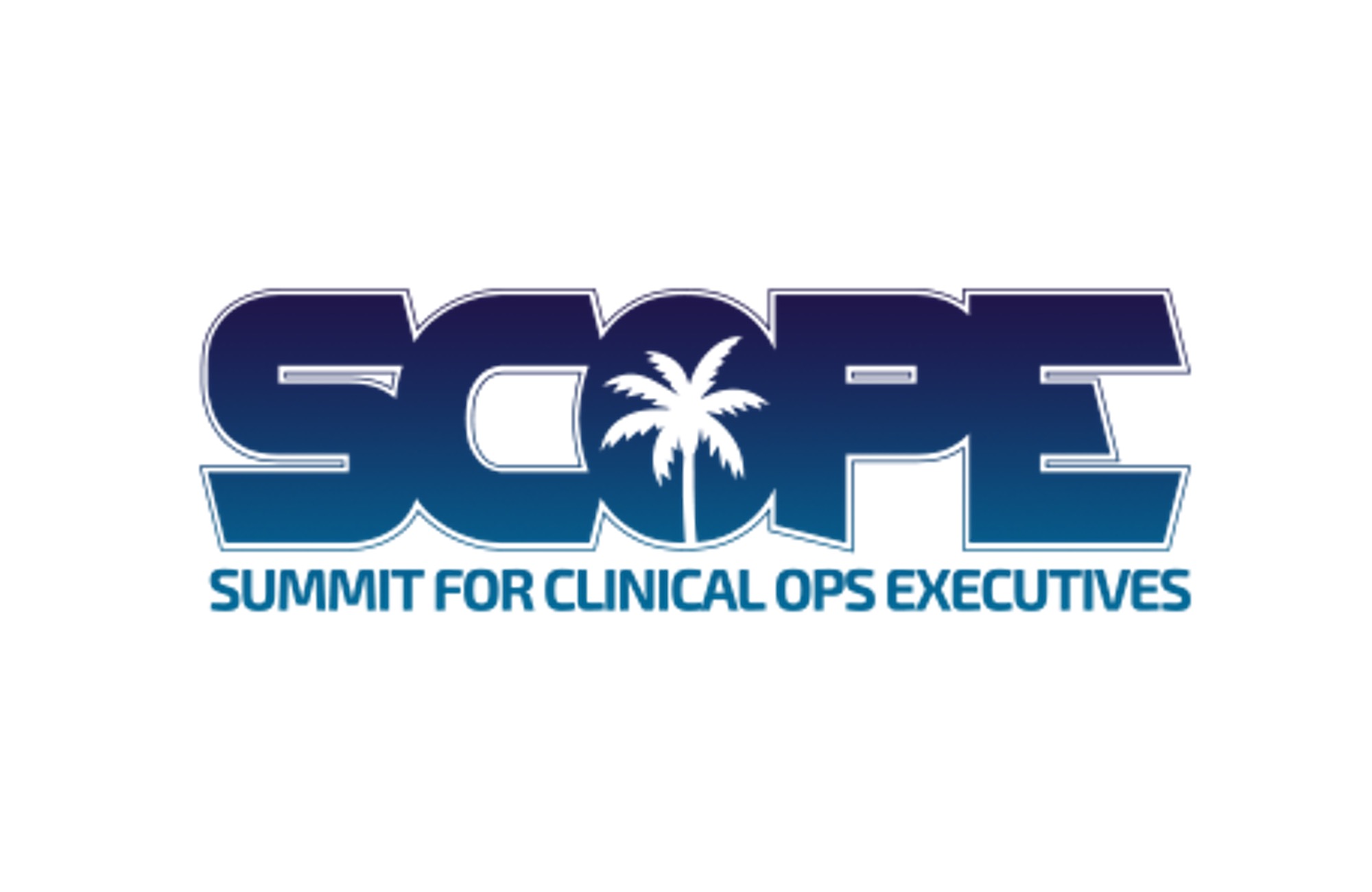In recent years the use of electronic Clinical Outcome Assessment (eCOA) tools to improve clinical data quality has become more widespread. However, when choosing an eCOA solution, a backup solution should also be considered to ensure full data completeness and the preservation of quality.
Although paper backup seems to be the standard backup solution, is it really the gold standard?
Because eCOA devices can break, run out of battery or be lost or stolen, backup solutions should be considered to ensure data collection anytime on site. Paper backup, double device, or data entry through a webportal are potential options. Each solution has advantages and disadvantages that should be examined to match both study and site expectations.
Paper backup – the standard solution
 Paper backup is definitely the standard, low-cost and readily available eCOA backup solution. It is easy to use on-site and is also easy to set up, with forms often being available from a library, making it a good candidate as an eCOA backup.
Paper backup is definitely the standard, low-cost and readily available eCOA backup solution. It is easy to use on-site and is also easy to set up, with forms often being available from a library, making it a good candidate as an eCOA backup.
- However, it is not unusual for paper patient-reported outcomes to be unavailable in some local languages, which means that linguistic validation is necessary on two different tools for a single study. In addition, the use of different tools for data collection during a single study is contentious and should clearly be mentioned in the protocol. The provision and transfer of paper backup material also leads to extra workload. Printing the paper often remains the responsibility of the study sites and subsequent data entry into an electronic system is done manually, thereby losing the benefits of eCOA (e.g. real-time data transmission and instant monitoring).
To avoid this latter point of losing the benefits of eCOA and to avoid using different methods of data entry for the same study, the use of the same device as the backup represents the most convenient alternative. Such backups can be available either on-site or at sponsor country affiliates.
Double device on-site – the most convenient alternative solution
-
Two devices available on-site
When choosing an on-site backup, the main limitation is the cost arising from doubling the number of devices for a study. Also, secured storage with the possibility for the second device to be charged anytime is important to fully benefit from this option.
However, sites would have an instantly available backup and, unlike the paper backup solution, the advantages of eCOA would be preserved: compliance, data quality, and real-time tracking.
-
Device at sponsor country affiliates
This solution allows the cost of backup to be reduced by limiting the number of devices for a study i.e. sponsor affiliates would be provided only with a small quantity of spare devices and would send them to sites upon request. The main limitation of this process is that sites would not have an instant backup available, which could lead to missing data.
What about webCOA backup?
Under certain conditions, WebCOA may also be considered as a backup solution. The main interest of WebCOA is that data collection is instant (as for eCOA). However, since the data are collected on a different system to eCOA, the use of WebCOA has the same limitations as paper e.g. it can require an extra step for the validation of forms and may have extra associated costs. Furthermore, secure access to a computer at site can be problematic.
In summary, the type of eCOA backup solution should be addressed at the time of protocol development. The selection of the backup solution will mainly depend on cost, ease of use and set up, and its availability for sites.
Audrey Chanet, Kayentis Project Manager






